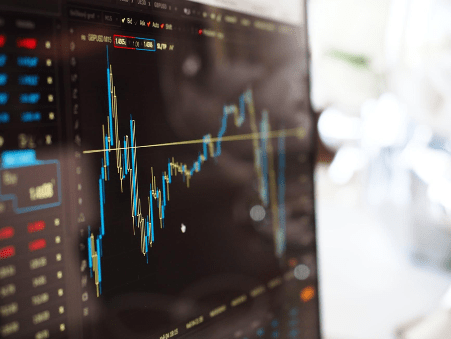The foreign exchange is the biggest global market. Its daily volume exceeds 6 trillion US dollars. Thanks to modern technologies, anyone can trade currencies remotely. Forex is a popular starting point for online investors. But how are profits made?
Once you master currency exchange, it is possible to explore other financial instruments. Discover what is Forex trading on the website, and start exploring with a demo account. Many financial assets, such as CFDs or stocks, follow similar trading logic. You buy low and sell high.

Overview of Instruments
All currencies are valued against one another. Brokers divide accepted combinations into Major, Minor, and Exotic based on the economies they represent. Classifications may vary. Every formula follows the pattern: ‘base currency’ / ‘quote currency’ (also known as ‘counter currency’). For example, the price for EUR/JPY shows the value of 1 Euro in Japanese yen.
- The Major category is connected to monetary systems of the strongest economies. These pairs include the US dollar. Common examples are EUR/USD, GBP/USD, AUD/USD. etc.
- Minors comprise currencies of developed countries except for USD. These are AUD/CAD, AUD/NZD, and many others.
- The third group is the rarest trading choice due to its low liquidity. Combinations like USD/TRY express valuation of exotic currencies against the US dollar. The Turkish lira, the South African rand, and the Thai baht are common examples. As they represent emerging economies, their use is limited.
Any pair can be profitable if you know how to handle it. It is best to choose currencies you understand best. Each combination is linked to two national economies. To foresee trends, one should monitor the state of the respective systems. For instance, movements of the EUR/USD pair are determined by changes in the EU and the US, both economic and political.
Different Prices
Every pair has two prices valid at the same time. These are Bid (for the seller) and Ask (for the buyer). The latter is always slightly higher than the former, which is the logic of any sale. The difference is known as ‘spread’. It constitutes a source of revenue for many brokers. The tighter it is — the better for the trader.
For the USD/JPY pair, Bid could be 103.791 and Ask 103.798. Change and spread are measured in pips (price interest points). For the given pair, a pip is 0.001. As other pairs are priced to four decimal places, one pip equals 0.0001.

How to Analyse Prices
Traders aim to anticipate price movements. This is done using technical, fundamental analysis, or both. The former relies on data about price dynamics in the past. The fundamental approach is based on media information. Traders keep track of economic and political events that can affect the pairs they use. Forecasting would be challenging if trading platforms did not exist. Fortunately, this software is packed with charts and other visual aids. The longer you practise — the easier it gets.



